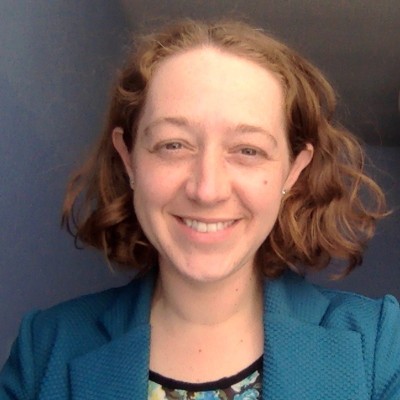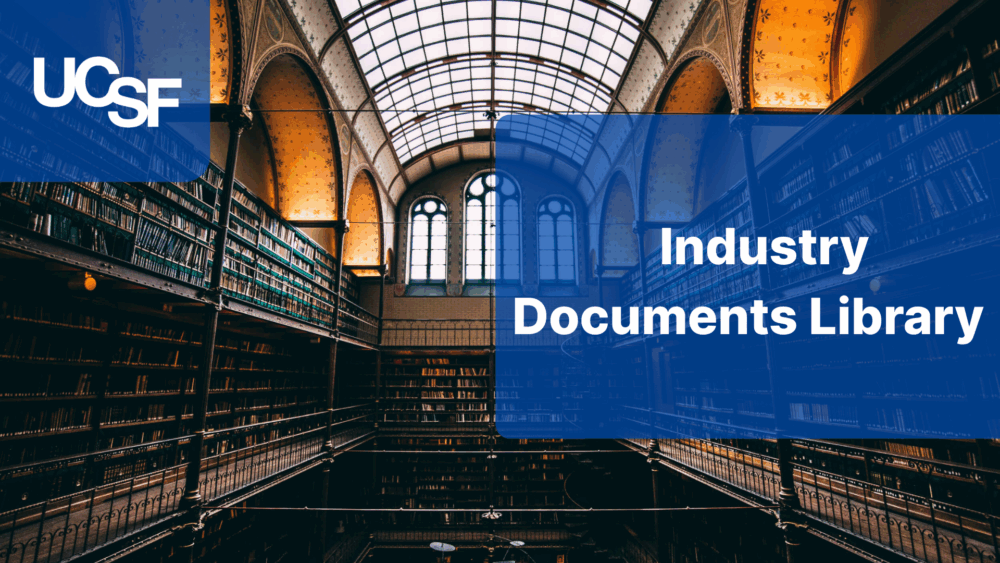Last month, UCSF’s Industry Documents Library launched its new website, Industry Documents Library. The UCSF Industry Documents Library is a cornerstone of public health transparency, holding more than 24 million documents released through lawsuits against industries that have harmed public health. First built around tobacco industry records, it now includes rapidly growing opioid industry archives. After more than 20 years online, it is undergoing its largest redesign to date—an overhaul that modernizes its infrastructure, strengthens accessibility, and improves search tools.
Director Kate Tasker, whose team recently earned a UC Tech Silver Design Award for the project, called it “a massive milestone” that will benefit both seasoned researchers and first-time users. The redesigned site is set to launch in mid-August. This investment signals UCSF’s long-term commitment to keeping corporate records open to the public, a priority that has already shaped health policy around the world. By elevating technical performance alongside accessibility, the redesign ensures that transparency remains both technologically sustainable and socially impactful.
From Whistleblower Box to Global Resource
The library’s story began in the late 1990s, when lawsuits against tobacco companies forced the release of millions of internal files. UCSF’s involvement started when cardiologist Dr. Stanton Glantz received a box of whistleblower documents and turned to the library to preserve them.
“In order for the documents to be protected and preserved, and for other researchers to study them, the library had to be involved”
That initial box became the foundation for a collection that now spans industries. UCSF’s reputation as a careful steward has since attracted other archives, including the opioid industry documents project, developed in partnership with Johns Hopkins University. This trajectory shows how a single act of whistleblowing can spark institutional changes that expand into global resources for accountability. It also demonstrates how universities can play a unique role as trusted intermediaries between sensitive corporate disclosures and the public good, bridging legal, academic, and advocacy communities.
Building for Scale and Access
The redesign is the product of three years of work by a cross-functional team of archivists, software developers, a UX designer, and a project manager. “It’s the best of both worlds,” Tasker said of the team, which blends technical expertise with deep archival knowledge. Their task: support collections that have grown from 4 million to 18 million tobacco documents and more than 5 million opioid records.
User feedback played a central role in shaping the new interface, which will make it easier for advocacy groups, legal teams, and community organizations to explore materials.
“We wanted to ensure the site works just as well for patient advocates as it does for academic researchers”
By pairing user-centered design with robust backend upgrades, the team aims to remove barriers that have historically slowed access to complex legal archives. This approach reflects a shift from archives being static repositories to becoming dynamic, user-driven platforms that anticipate evolving research and advocacy needs.
Cautious but Creative with AI
Artificial intelligence is part of the redesign strategy, but the team is deliberate in how they adopt it. They are testing tools to automate redaction of personal information, tag documents with names and locations, and prepare ready-to-use research datasets. “We want to be thoughtful about AI—balancing potential benefits against environmental costs, storage demands, and the risk of misinformation if corporate records are taken out of context,” Tasker said.
Their experiments include UCSF’s internal AI environment, Versa, and collaborations like Oxford’s CLARA project, which applies AI to climate litigation archives. These efforts position the library as a testing ground for ethical, domain-specific AI—an approach that could serve as a model for other public health data projects.
Collaboration, Recognition and the Road Ahead
Working entirely remotely, the team has relied on Smartsheet, Jira, Zoom, and Slack to coordinate. Weekly check-ins help keep projects moving, supported by what Tasker describes as “a culture of compassion, curiosity, and shared purpose.”The UC Tech Silver Design Award recognized not just technical achievement but the broader public health mission. With the launch approaching, the team is preparing help guides, FAQs, and learning resources.
“Everyone feels strongly about the good we’re trying to do…This redesign will make it easier than ever for people to use these documents to drive change.”
Additional Reading
- RESOURCE: Industry Documents Library UCSF
- July 24, 2025: NEWS: The Industry Documents Library Team Wins the Silver Design Award at the 2025 UC Tech Awards
- June 30, 2025: NEWS: UC Tech Awards 2025 showcase courage and boldness in transforming technology across the UC System
- RESOURCE: About the Annual UC Tech Awards Program
Contact

Director of the Industry Documents Library
UCSF
Author

ITS Digitial Design & Content Intern
UCOP







